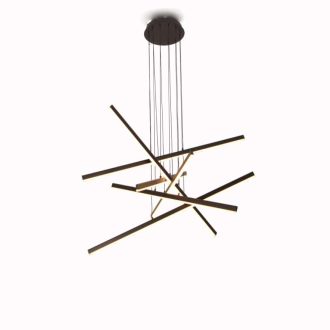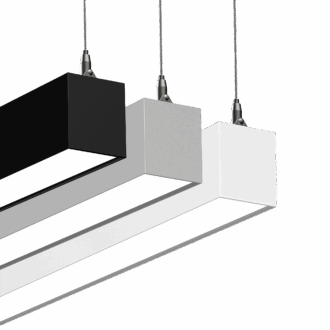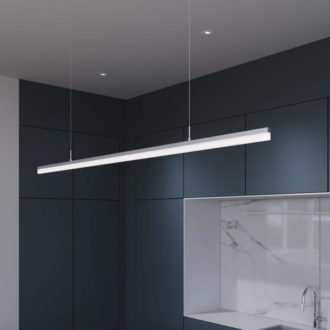Best Office Lighting For Eyes – 6 Actionable Tips February 24, 2023 – Posted in: General Info, Commercial Lighting, Lighting Information, Office Lighting

Table of Contents
What Is the Eye Strain?
Eye strain is a symptom that occurs when the eyes get tired from extended use of digital devices or reading for hours. It can also be caused by attempting to do tasks in very dim lighting or when exposed to glare. Is your vision feeling fuzzy after some extended focusing? You may be experiencing eye strain! Typically, it goes away on its own after you have rested, but sometimes it can be a sign of an existing condition that requires treatment. Give your optics an extra layer of protection – make sure to take regular breaks, and set up a comfy work space with light that’s just right!
What’s the best office lighting for eyes?
The best office lighting for eyes is LED using natural white lights that are not too bright and positioned away from your eyes. Typically around 4000K/4500K color temperature is popular for modern offices as it’s a good balance of between warm and cool light and isn’t as harsh as older office lighting. You also definitely want to stick with LED as well. The stride towards workplace comfort has increased the demand for dimmable LED fixtures in the office.
Tips to Avoid Eye Strain From Lighting

Having the right lighting in your office is essential for both comfort and productivity. According to the American Optometric Association, more than half of office workers who use computers daily experience eye strain from their environment. Stay comfortable while you work by ensuring your workspace has the perfect lighting – just not to bright!
Fluorescent bulbs and tubes should be minimized, as they can cause optic strain due to their brightness and glare. It can also be related to simple things like a lack of sunlight in your office Additionally, try to reduce any glare by angling computer monitors away from direct sunlight or other sources of bright light. Taking these steps can help you have an easier time working in your office with fewer distractions caused by uncomfortable lighting conditions.
Positioning Is Important
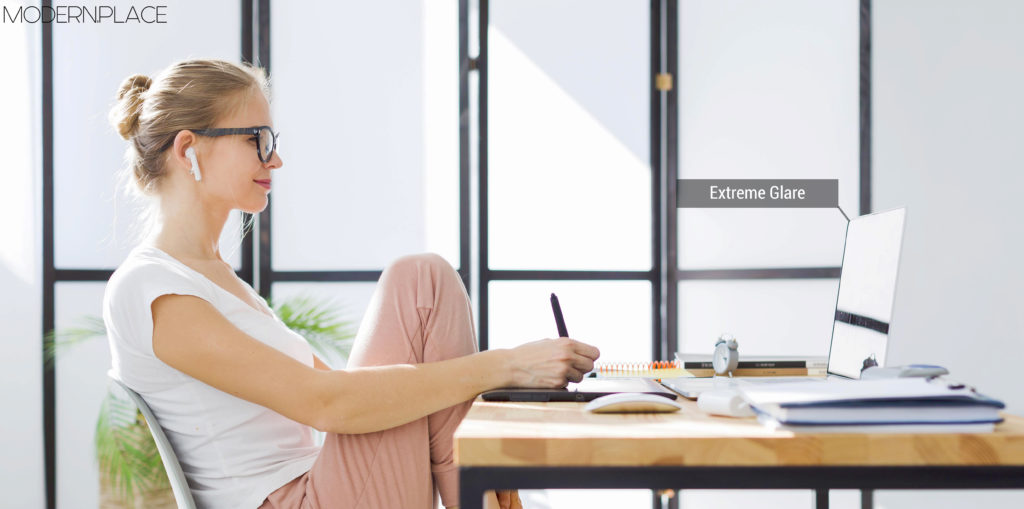
Direct sunlight coming in through the shades can cause harsh and distracting glare on your computer screen, which can be not only uncomfortable for your eyes but very annoying too. To remedy this, try to place your desk and monitor so that the window is to either side and not directly in front of or behind you.
I remember I had this exact issue in my first office as the desk couldn’t be moved far enough out of the way of the window. We ended up settling on blackout curtains. So, If there is no way to move away from windows entirely, try using curtains or blinds to reduce the light entering the room. Also, keep an eye on your overhead lights in mind when positioning yourself at your desk – direct overhead light should be avoided as it can exacerbate eye strain and fatigue. For best results, try using natural ambient light from lamps or indirect lighting.
Increase The Amount Of Natural Light

Maximize your productivity by letting in the sunshine! Natural light can help you work longer with less eye strain and fatigue. More natural light in the office? Easy. First, open curtains or blinds during the day to allow more ambient light into the room. Second, consider adding additional lamps or LED bulbs that provide indirect lighting – this will help create a comfortable atmosphere without causing too much glare on computer screens. With these simple adjustments, you can enjoy an optimal level of natural lighting that will make working at your desk much easier on the eyes.
Use Task Lighting
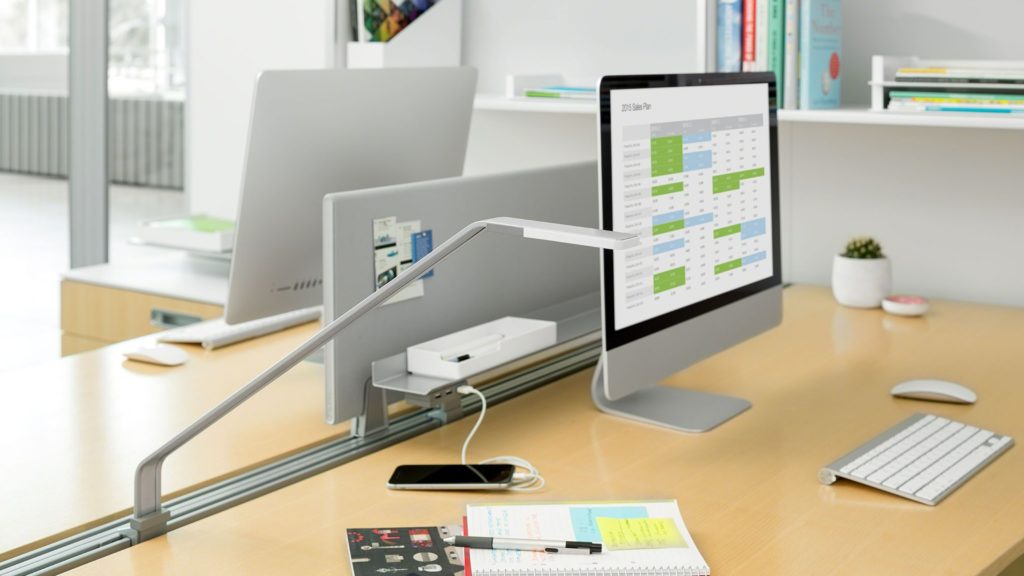
Task lighting is a great way to improve office lighting and reduce eye strain. LED bulbs or full-spectrum fluorescent bulbs are ideal for task lighting as they emit a soft white light that helps reduce fatigue. These lights offer a pretty cost effective way to fix your eye strain and they don’t take much table space (you can even get lights that attach to your screen). Additionally, adding a few plants around your workspace can help increase oxygen levels and provide natural diffused light. Finally, it’s really important to take breaks and relax your eyes. Your retinas will truly thank you for getting dedicated task lighting!
Be alert to the time of day and position your window shades accordingly
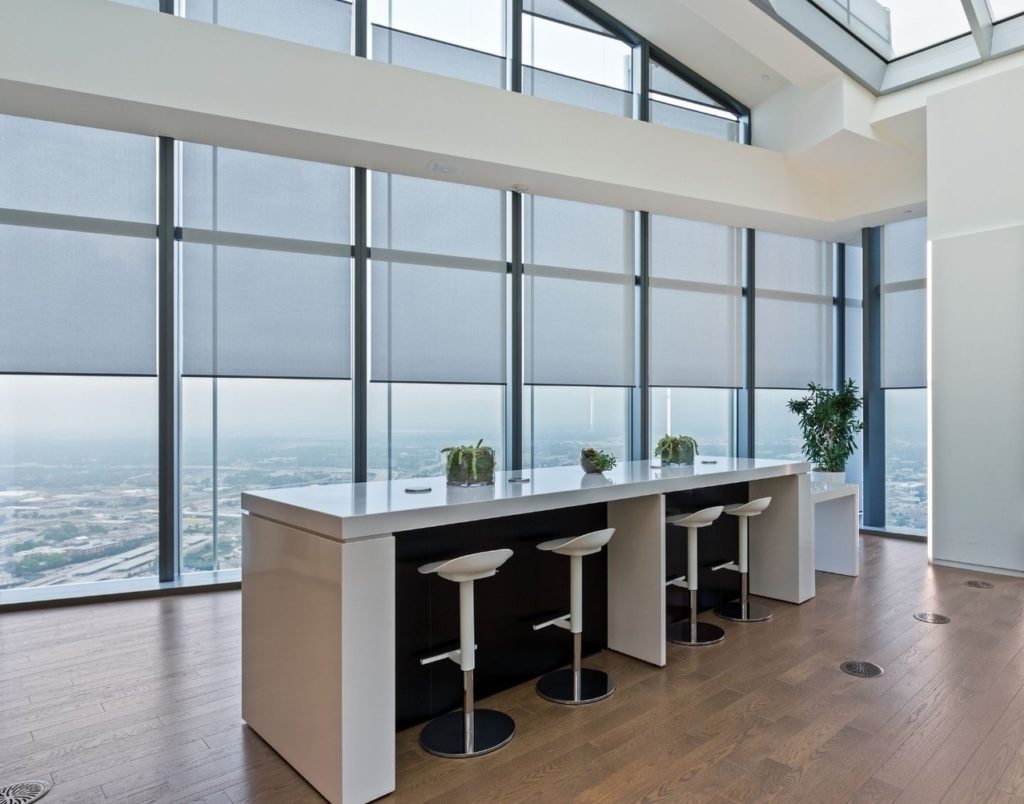
Depending on which direction your window faces, glare can be worse at certain times of day due to the sun’s positioning in the sky. To reduce uncomfortable glares and eye strain, be sure to adjust your window shades accordingly when the sun is low in the sky. Additionally, you may want to purchase blackout curtains or use UV reflective film if you still experience too much direct light or glare coming through windows.
To improve overall office lighting, consider setting up task lights near areas where you will be spending most of your time working. Opt for LED bulbs or if you must, full-spectrum fluorescent bulbs that emit a soft white light which helps reduce fatigue. You may also want to add a few plants around your workspace which help increase oxygen levels and provide natural diffused light.
Use less blue light in the office

Blue light from screens can cause a range of eye strain, headaches, and sleep issues. To reduce blue light exposure in the office, you should try using monitors with a blue light filter and opt for LED bulbs that emit less of it. Additionally, you should take regular breaks to give your eyes the break they need from focusing on screens for extended periods of time. Finally, adding some plants around your workspace can help reduce blue light exposure as natural diffused light will be emitted by the plants. By committing to simple changes like this, you’ll be able to work more comfortably and efficiently throughout the day while reducing any potential negative effects caused by blue light exposure.
“You should take regular breaks to give your eyes the break they need from focusing on screens for extended periods of time”
Switch From Fluorescent To LED
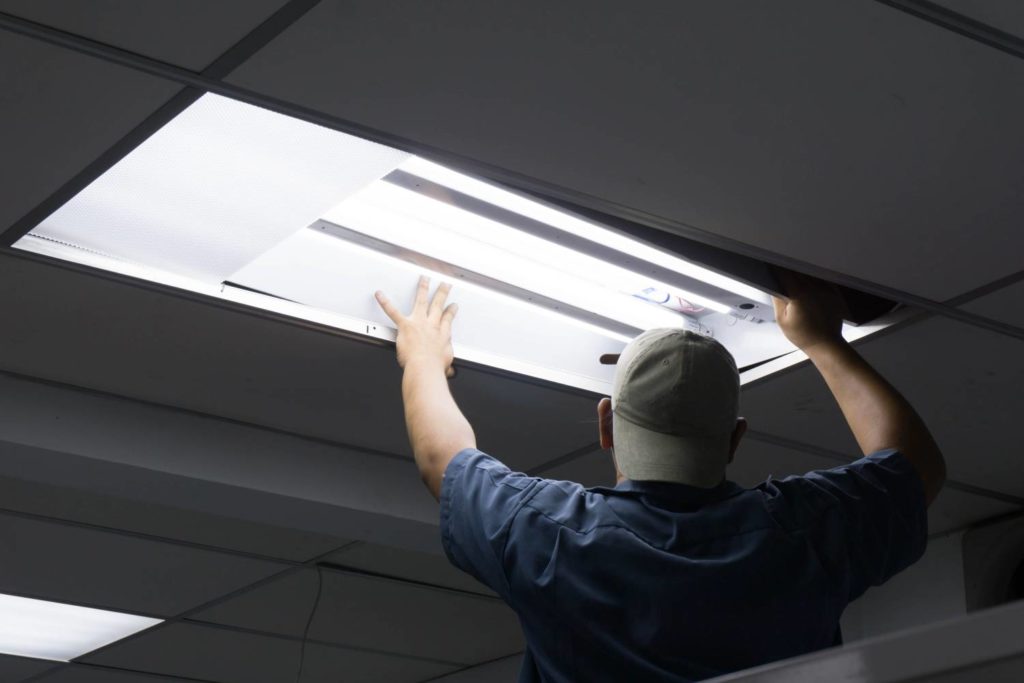
It is important to consider your office lighting when looking for the best lighting that is easy on your eyes. Fluorescent lighting, while inexpensive, can cause eyestrains, headaches and other health problems. LED bulbs offer a much better alternative as they emit less blue light and are more energy efficient than fluorescent lights.
Additionally, LED bulbs cast a softer, more natural light which helps reduce any potential negative impacts of blue light exposure. By making the switch from fluorescent to LED in your office space you can create a better working environment that not only looks good but also helps protect your eyes from any unnecessary strain or discomfort. Even if you can’t afford to replace the whole fixture, at least get a LED tube retrofit, you will thank me.
“LED bulbs cast a softer, more natural light which helps reduce any potential negative impacts of blue light exposure”
While this isn’t a straight forward article that just point’s to a model and says “this is the best office lighting for eyes”, hopefully it helped you narrow down the type of environment you’re hoping to create for optimal comfort.
I have been the project manager for Modern.Place since early 2016, spending three of those years working overseas on the manufacturing & procurement side of the LED lighting industry. Constantly learning and passing on knowledge to others while excited for what the lighting industry will involve into next.

